-
 bitcoin
bitcoin $122288.232522 USD
0.16% -
 ethereum
ethereum $4480.662914 USD
-0.22% -
 xrp
xrp $2.962747 USD
-2.32% -
 tether
tether $1.000120 USD
-0.05% -
 bnb
bnb $1145.654223 USD
-2.07% -
 solana
solana $227.105217 USD
-1.67% -
 usd-coin
usd-coin $0.999548 USD
-0.02% -
 dogecoin
dogecoin $0.250875 USD
-2.04% -
 tron
tron $0.340654 USD
-0.49% -
 cardano
cardano $0.837968 USD
-2.52% -
 hyperliquid
hyperliquid $48.960449 USD
0.06% -
 chainlink
chainlink $22.049280 USD
-1.33% -
 ethena-usde
ethena-usde $1.000404 USD
0.02% -
 sui
sui $3.586212 USD
0.20% -
 avalanche
avalanche $29.894916 USD
-4.18%
Where can you purchase Bitcoin safely?
To buy Bitcoin safely, use reputable exchanges with strong security like 2FA, cold storage, and insurance, and always verify URLs and enable MFA.
Aug 08, 2025 at 04:14 am
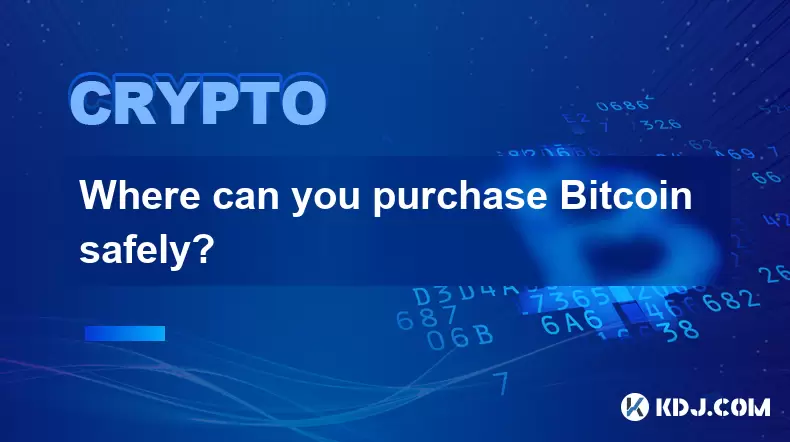
Understanding Secure Bitcoin Purchase Platforms
When seeking to purchase Bitcoin safely, the first step is identifying platforms that prioritize user security, regulatory compliance, and transparency. Centralized cryptocurrency exchanges are the most common venues for buying Bitcoin, but not all offer the same level of protection. Reputable exchanges implement multi-factor authentication (MFA), cold storage for funds, and regular security audits. Examples include Coinbase, Kraken, and Binance, which operate under regulatory frameworks in various jurisdictions. These platforms undergo Know Your Customer (KYC) and Anti-Money Laundering (AML) checks to reduce illicit activity. Choosing an exchange with insurance coverage for digital assets adds another layer of protection. For instance, Coinbase maintains crime insurance that covers a portion of assets held online.
Key Security Features to Look For
To ensure a secure transaction, users must evaluate specific security mechanisms before making a purchase. One essential feature is two-factor authentication (2FA), which requires a secondary verification step beyond a password. This can be achieved through authenticator apps like Google Authenticator or hardware keys such as YubiKey. Another critical component is end-to-end encryption for data transmission between the user and the platform. Platforms that offer withdrawal address whitelisting allow users to pre-approve destination addresses, reducing the risk of funds being sent to malicious parties. Additionally, exchanges that publish proof-of-reserves enable users to verify that the platform holds sufficient Bitcoin to cover customer balances. Look for platforms that support PGP encryption for communications and provide session timeout features to prevent unauthorized access.
Step-by-Step Guide to Buying Bitcoin on a Trusted Exchange
Setting up an account on a secure exchange involves several precise actions. Each step must be completed carefully to minimize exposure to phishing or account takeover.
- Navigate to the official website of the exchange, ensuring the URL begins with https:// and displays a valid security certificate.
- Register using a strong, unique password and immediately enable two-factor authentication (2FA) using an authenticator app.
- Complete the identity verification process by uploading government-issued ID and, if required, a selfie holding the document.
- Deposit funds via a supported method such as bank transfer, debit card, or wire transfer. Avoid using public Wi-Fi during this process.
- Once funds are available, go to the Buy/Sell section, select Bitcoin (BTC), enter the amount, and confirm the transaction.
- After purchase, consider transferring Bitcoin to a personal hardware wallet instead of leaving it on the exchange.
Each action should be double-checked for accuracy, especially wallet addresses and transaction amounts.
Peer-to-Peer Marketplaces and Their Risks
Peer-to-peer (P2P) platforms like LocalBitcoins or Paxful allow users to buy Bitcoin directly from individuals. While these services offer privacy and diverse payment methods, they carry higher risks. Transactions rely on escrow systems, where the platform holds Bitcoin until payment is confirmed. However, scams can occur if users bypass escrow or send payment prematurely. To reduce exposure:
- Only trade with sellers who have a high number of completed transactions and positive feedback.
- Use the platform’s built-in messaging system to avoid phishing links.
- Confirm the payment method is irreversible—avoid gift cards or instant transfer services.
- Never share personal information beyond what is required for verification.
Despite these precautions, P2P trading lacks the institutional safeguards of regulated exchanges, making it less suitable for beginners.
Hardware Wallets and Offline Purchase Options
For maximum security, some users opt to purchase Bitcoin through methods that minimize digital exposure. Bitcoin ATMs are physical kiosks that allow cash purchases, but they often charge high fees and may require identity verification for larger amounts. Before using one:
- Verify the ATM is listed on official directories like CoinATMRadar.
- Check the transaction fee percentage, which can exceed 10%.
- Have a personal wallet QR code ready to receive Bitcoin immediately.
Alternatively, decentralized exchanges (DEXs) like Hodl Hodl enable direct trades without holding user funds. These platforms do not require KYC, but users must understand smart contract risks and gas fees. Purchasing through a DEX involves interacting with blockchain protocols directly, requiring familiarity with wallet interfaces like MetaMask or Electrum.
Recognizing and Avoiding Scams
Fraudulent platforms frequently mimic legitimate exchanges through spoofed websites and phishing emails. To avoid falling victim:
- Always type the exchange URL manually or use a trusted bookmark.
- Examine the website’s SSL certificate by clicking the padlock icon in the browser.
- Never respond to unsolicited messages claiming to be from exchange support.
- Verify official social media accounts through the exchange’s official website.
Fake mobile apps are another common threat. Download apps only from official app stores or directly from the exchange’s verified website. Check user reviews and developer information before installation. If a deal seems too good to be true—such as guaranteed returns or free Bitcoin—it is almost certainly a scam.
Frequently Asked Questions
Can I buy Bitcoin without providing identification?Yes, but options are limited. Some Bitcoin ATMs allow small purchases without ID. Decentralized exchanges and P2P platforms may not require KYC, though larger transactions often trigger verification requests. Privacy-focused methods carry higher risk and typically involve higher fees.
What should I do if my exchange account is compromised?Immediately disconnect from the internet, revoke active sessions through the exchange’s security settings, and contact customer support. If 2FA was enabled, recovery may be possible. Change all related passwords and monitor for unauthorized transactions. Report the incident to relevant authorities if funds are lost.
Is it safer to buy Bitcoin with a credit card or bank transfer?Bank transfers are generally safer due to lower fees and reduced risk of chargebacks, which exchanges monitor closely. Credit card purchases may be flagged or reversed, leading to account restrictions. Some platforms no longer accept credit cards to prevent fraud.
How do I verify that my Bitcoin purchase was successful?After the transaction, check your wallet balance using a blockchain explorer like Blockchain.com or Blockstream.info. Enter your wallet address to view incoming transactions. Confirm the number of confirmations—typically six are required for full settlement. Notifications from the exchange should match the on-chain data.
Disclaimer:info@kdj.com
The information provided is not trading advice. kdj.com does not assume any responsibility for any investments made based on the information provided in this article. Cryptocurrencies are highly volatile and it is highly recommended that you invest with caution after thorough research!
If you believe that the content used on this website infringes your copyright, please contact us immediately (info@kdj.com) and we will delete it promptly.
- BlockDAG, DOGE, HYPE Sponsorship: Crypto Trends Shaping 2025
- 2025-10-01 00:25:13
- Deutsche Börse and Circle: A StableCoin Adoption Powerhouse in Europe
- 2025-10-01 00:25:13
- BlockDAG's Presale Buzz: Is It the Crypto to Watch in October 2025?
- 2025-10-01 00:30:13
- Bitcoin, Crypto, and IQ: When Genius Meets Digital Gold?
- 2025-10-01 00:30:13
- Stablecoins, American Innovation, and Wallet Tokens: The Next Frontier
- 2025-10-01 00:35:12
- NBU, Coins, and Crypto in Ukraine: A New Yorker's Take
- 2025-10-01 00:45:14
Related knowledge

Why is Bitcoin considered a revolutionary technology?
Aug 12,2025 at 08:29pm
Decentralization and the Elimination of Central AuthoritiesThe core innovation behind Bitcoin lies in its decentralized architecture, which fundamenta...
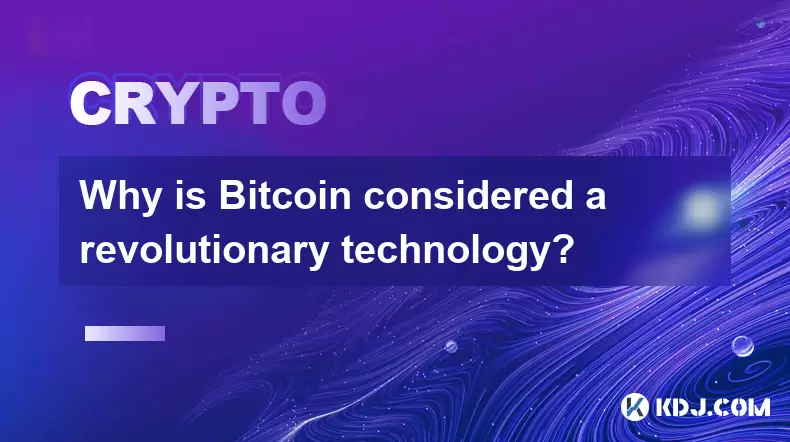
Why is Bitcoin considered a revolutionary technology?
Aug 10,2025 at 07:42pm
Decentralized Architecture and Trustless TransactionsBitcoin is considered revolutionary because it introduced a decentralized architecture that opera...
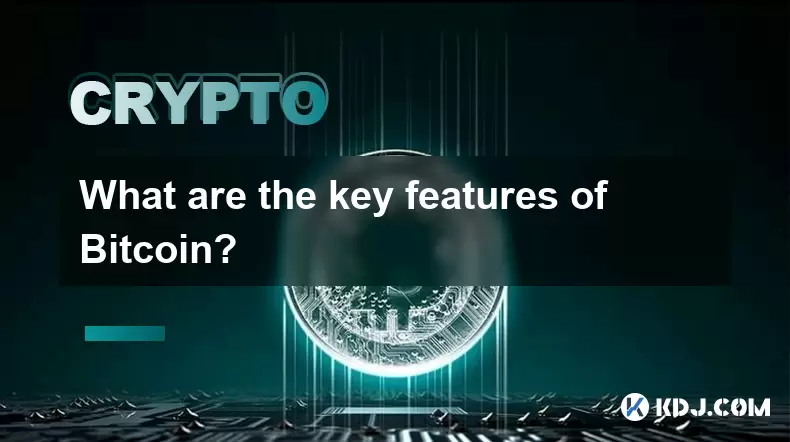
What are the key features of Bitcoin?
Aug 10,2025 at 02:50am
Decentralization and Peer-to-Peer NetworkOne of the most defining characteristics of Bitcoin is its decentralized nature. Unlike traditional financial...

Can the Bitcoin protocol be changed?
Aug 07,2025 at 01:16pm
Understanding the Bitcoin ProtocolThe Bitcoin protocol is the foundational set of rules that govern how the Bitcoin network operates. It defines every...
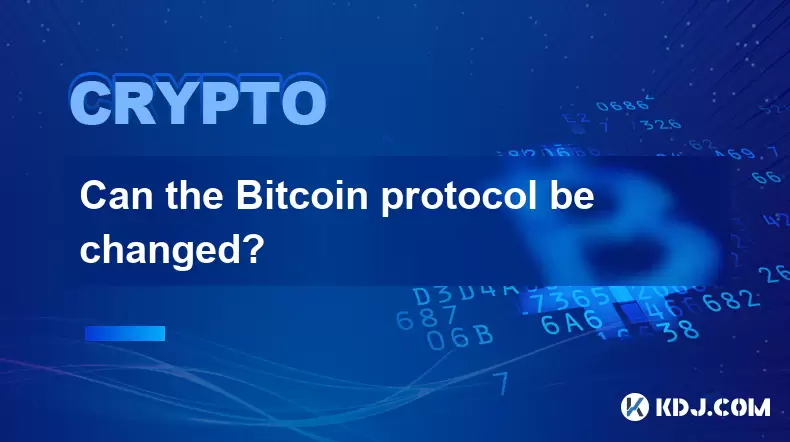
Can the Bitcoin protocol be changed?
Aug 11,2025 at 01:01am
Understanding the Bitcoin Protocol StructureThe Bitcoin protocol is the foundational set of rules that govern how the Bitcoin network operates. These ...
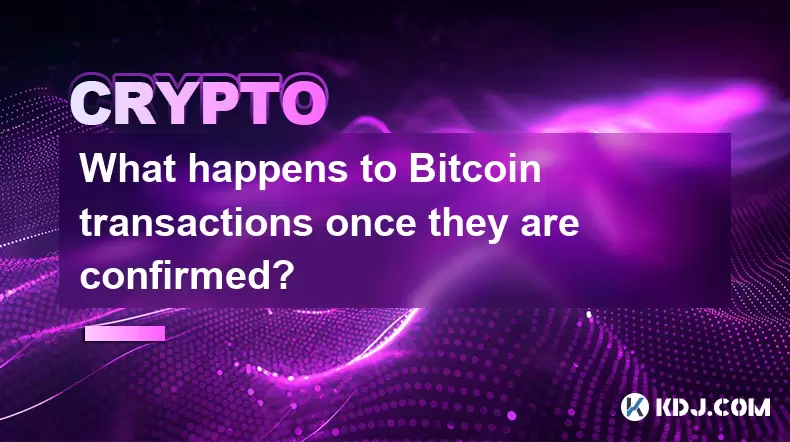
What happens to Bitcoin transactions once they are confirmed?
Aug 09,2025 at 05:22am
Understanding Bitcoin Transaction ConfirmationWhen a Bitcoin transaction is initiated, it is broadcast to the network and placed in a pool of unconfir...

Why is Bitcoin considered a revolutionary technology?
Aug 12,2025 at 08:29pm
Decentralization and the Elimination of Central AuthoritiesThe core innovation behind Bitcoin lies in its decentralized architecture, which fundamenta...

Why is Bitcoin considered a revolutionary technology?
Aug 10,2025 at 07:42pm
Decentralized Architecture and Trustless TransactionsBitcoin is considered revolutionary because it introduced a decentralized architecture that opera...

What are the key features of Bitcoin?
Aug 10,2025 at 02:50am
Decentralization and Peer-to-Peer NetworkOne of the most defining characteristics of Bitcoin is its decentralized nature. Unlike traditional financial...

Can the Bitcoin protocol be changed?
Aug 07,2025 at 01:16pm
Understanding the Bitcoin ProtocolThe Bitcoin protocol is the foundational set of rules that govern how the Bitcoin network operates. It defines every...

Can the Bitcoin protocol be changed?
Aug 11,2025 at 01:01am
Understanding the Bitcoin Protocol StructureThe Bitcoin protocol is the foundational set of rules that govern how the Bitcoin network operates. These ...

What happens to Bitcoin transactions once they are confirmed?
Aug 09,2025 at 05:22am
Understanding Bitcoin Transaction ConfirmationWhen a Bitcoin transaction is initiated, it is broadcast to the network and placed in a pool of unconfir...
See all articles










































































